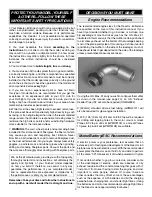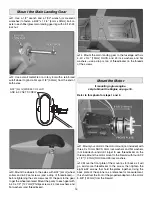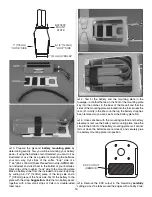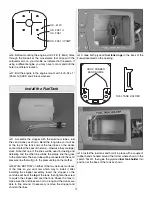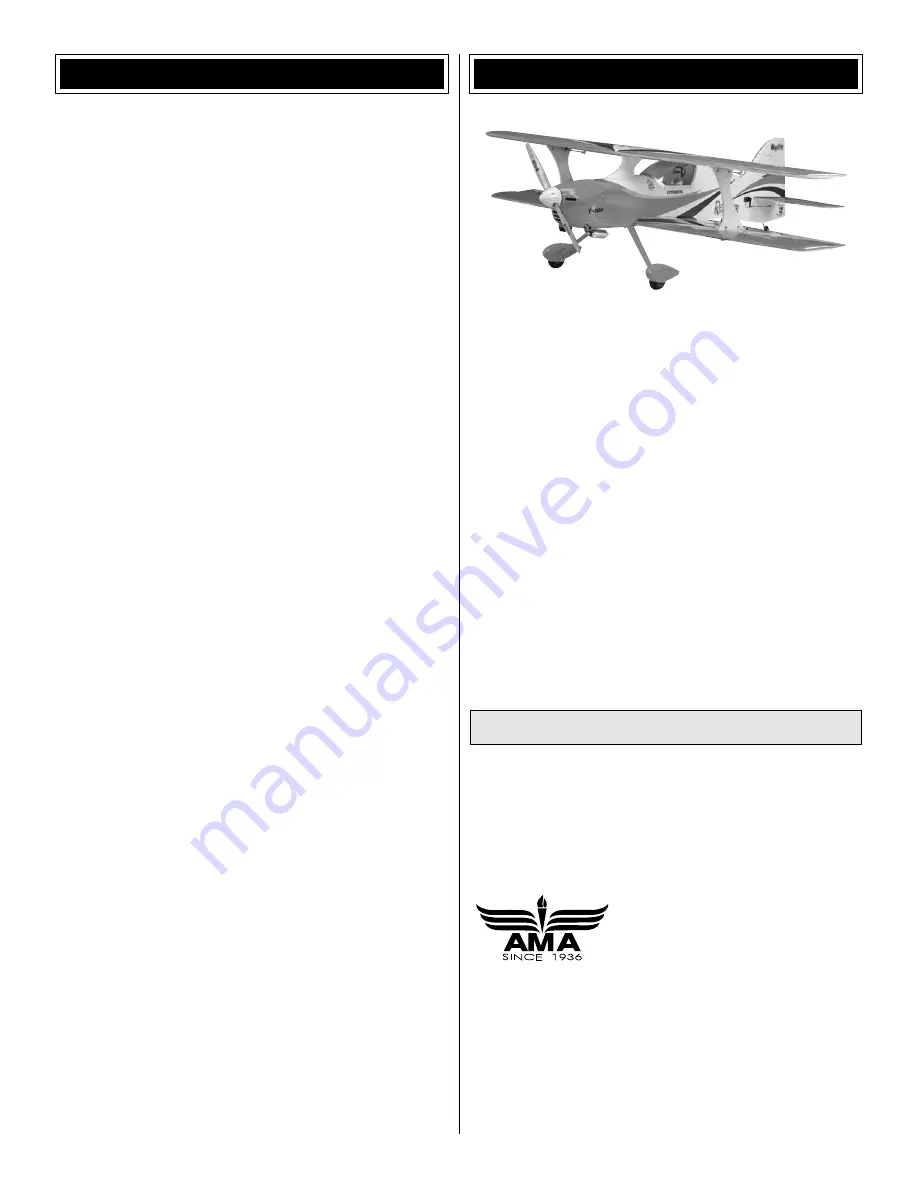
2
TABLE OF CONTENTS
INTRODUCTION
............................................................... 2
SAFETY PRECAUTIONS
................................................. 3
DECISIONS YOU MUST MAKE
........................................ 3
Engine Recommendations ......................................... 3
Motor/Battery/ESC
Recommendations
...................... 3
Radio/Servo
Recommendations
................................ 4
ADDITIONAL ITEMS REQUIRED
.................................... 6
Adhesives and Building Supplies ............................... 6
Optional Supplies and Tools ....................................... 6
Covering
Tools
........................................................... 6
BUILDING NOTES
............................................................ 6
ORDERING REPLACEMENT PARTS
.............................. 6
KIT INSPECTION
.............................................................. 7
KIT CONTENTS
................................................................ 7
PREPARATION
................................................................. 8
ASSEMBLE THE FUSELAGE
.......................................... 8
Test-Mount the Elevator and Rudder Servos ............. 8
Mount the Horizontal Stabilizer (Stab) ....................... 9
Hinge the Elevators and Rudder .............................. 11
Hook up the Elevator and Rudder ............................ 12
Mount the Main Landing Gear ................................. 14
Mount the Motor ....................................................... 14
Mount the Engine ..................................................... 16
Install the Fuel Tank ................................................. 17
Hook up the Throttle ................................................. 18
Mount the Cowl ........................................................ 18
ASSEMBLE THE WINGS
................................................ 22
Mount the Aileron Servos ......................................... 22
Mount
the
Wings
...................................................... 23
Mark the Balance Point (C.G.) ................................. 26
FINAL ASSEMBLY
......................................................... 27
Mount the Canopy .................................................... 27
Final Radio Installation ............................................. 27
GET THE MODEL READY TO FLY
................................. 28
Apply the Decals ...................................................... 28
LiPo Battery Precautions ......................................... 28
Check the Control Directions ................................... 29
Set the Control Throws ............................................ 29
Assemble the Balance Stand ................................... 31
Balance the Model (C.G.)......................................... 31
Balance the Model Laterally ..................................... 32
PREFLIGHT
.................................................................... 32
Identify Your Model ................................................... 32
Charge the Batteries ................................................ 32
Balance
Propellers
................................................... 32
Ground
Check
.......................................................... 33
Range
Check
........................................................... 33
ENGINE SAFETY PRECAUTIONS
................................. 33
AMA SAFETY CODE (
EXCERPTS
)
..................................... 33
CHECK LIST
................................................................... 34
FLYING
............................................................................ 34
Takeoff ..................................................................... 34
Flight
....................................................................... 35
Landing
.................................................................... 35
INTRODUCTION
Thank you for purchasing the Great Planes Reactor .60
biplane. The Reactor brings “new blood” into the hobby by
combining the stable, predictable fl ight characteristics of
models from the “old days,” with the light weight, style and
maneuverability contemporary modelers demand. In spite
of the Reactor’s aggressive appearance, the Reactor still
handles amazingly well at low speeds and is an absolute
“hoot” to bring in nice and slow for a landing.
There are several options and confi gurations for assembling
your Reactor .60 biplane, so please read through the manual
to decide on how your model will be completed.
For the latest technical updates or manual corrections to
the Reactor .60 biplane, visit the Great Planes web site at
www.greatplanes.com
. Open the “Airplanes” link, then
select the Reactor .60 biplane ARF. If there is new technical
information or changes to this model a “tech notice” box will
appear in the upper left corner of the page.
AMA
If you are not already a member of the AMA, please join!
The AMA is the governing body of model aviation and
membership provides liability insurance coverage, protects
modelers’ rights and interests and is required to fl y at most
R/C sites.
Academy of Model Aeronautics
5151 East Memorial Drive
Muncie, IN 47302
Tele: (800) 435-9262
Fax (765) 741-0057
Or via the Internet at:
www.modelaircraft.org
IMPORTANT!!!
Two of the most important things you can do
to preserve the radio controlled aircraft hobby are to avoid
fl ying near full-scale aircraft and avoid fl ying near or over
groups of people.
Summary of Contents for Reactor ARF
Page 36: ......



